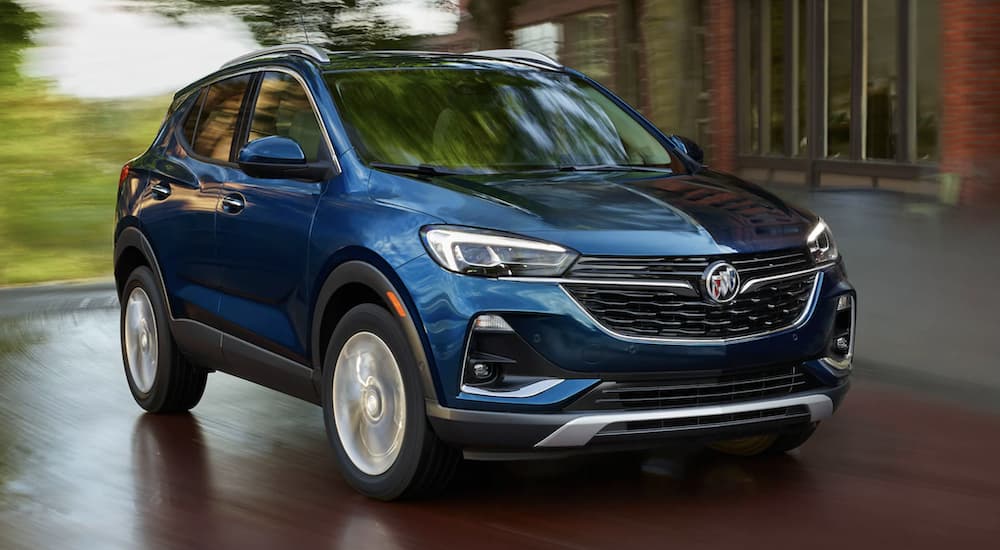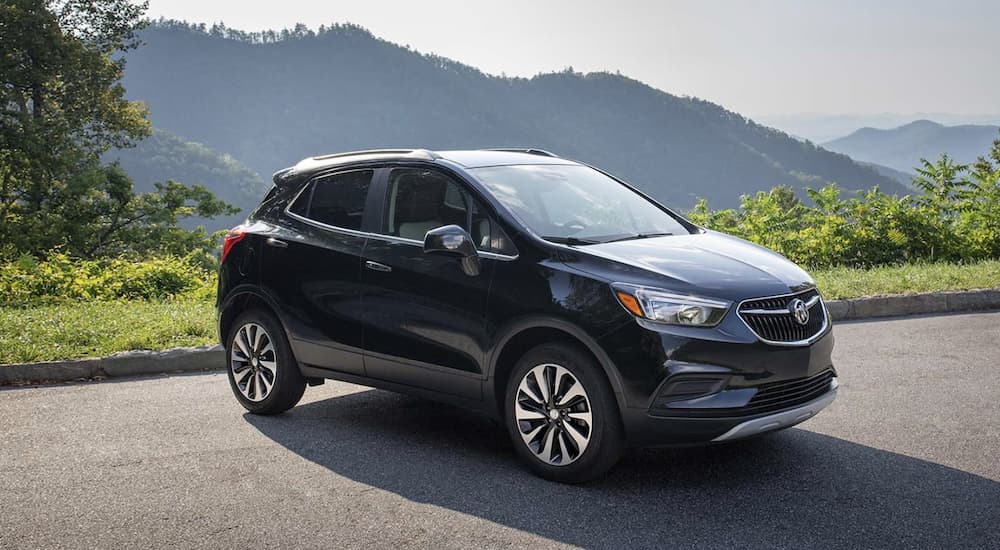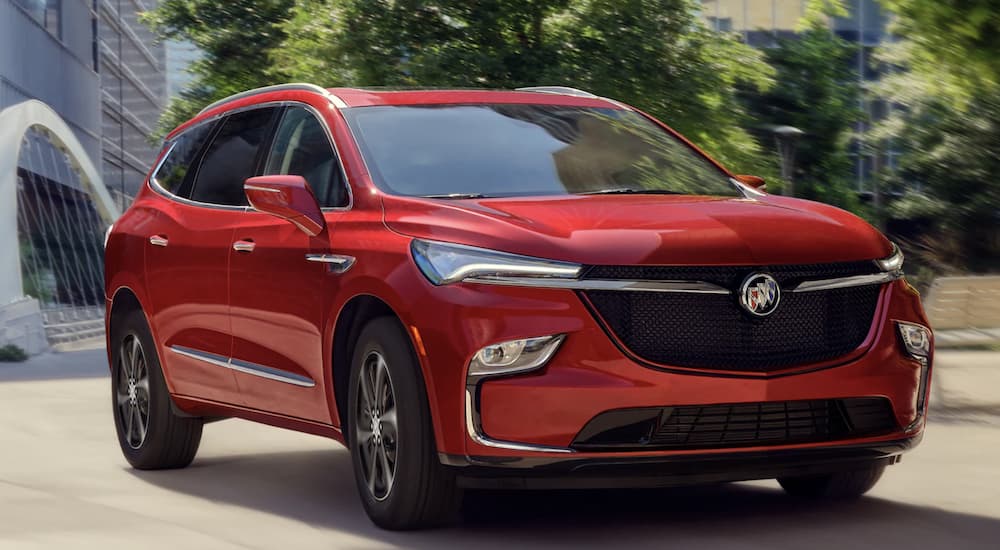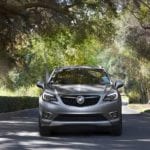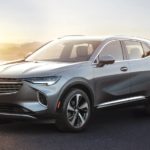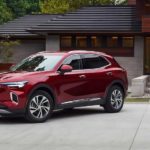For more than a century, Buick has had its share of ups and downs, coming through each time and often getting stronger in the process. These days, you won’t find a huge selection of models at the Buick dealer near you, but this might just be another lull in the history of a company that has experienced slow times before. That being said, Buick remains a strong name in other parts of the world––it has a huge market share in China, which is part of the reason the brand is still going strong today.
Whether Buick has a bright future ahead of it is certainly up for debate, though GM still seems to believe in the viability and potential of the brand. The biggest test for Buick will come over the next decade as it shifts to an all-electric lineup; this is a test that will try all of GM’s brands and will be an interesting period of growth and change. I think Buick could easily come out of this stronger than ever before, but it all comes down to the decisions being made in Detroit. Let’s take a look at where Buick has been, what it is doing right now, and what the future could hold.
America’s Oldest Car Company
Although there are a few century-old car companies still in operation here in the US, Buick has the bragging rights of being the oldest. In fact, it is one of the oldest in the world. The original Buick Auto-Vim and Power Company was founded in 1899 by David Dunbar Buick before becoming the Buick Motor Company in 1903. Although the first company initially focused on engines for other uses, it produced two automobiles in 1899 and 1900, developing a revolutionary overhead valve engine at the beginning of the 20th century.
Buick’s third vehicle was made in 1903 when the company was still located in Detroit. Afterward, Buick moved to Flint, MI, and became the Buick Motor Company. In 1904, Buick made a few Model B vehicles before running low on capital. At that point, William C. Durant became the controlling investor in the company and helped it refocus its efforts on developing vehicles. A total of 37 Buick Model Bs were made in 1904, but none remain today.
Under Durant’s leadership, production ramped up the following year and 750 Model C vehicles were made in 1905 at a factory in Jackson, MI, while a new factory was being built in Flint. In 1906, production nearly doubled as 1,400 Buick models were produced. This number skyrocketed again the following year when the new factory in Flint opened up, and more than 4,600 vehicles were built. Just four years after Durant took the helm, Buick became the top car company in the US, producing 8,800 vehicles and beating out other brands like Oldsmobile and Ford.
This success allowed Durant to form General Motors in 1908 with the vision of a single company operating numerous brands under its umbrella. Buick served as the foundation for GM but was soon joined by many other brands as Durant went on a buying spree. However, an attempt to buy Ford backfired, and Durant was ousted from his company in 1910. Don’t feel too bad for him, though. He founded Chevrolet in 1911, made enough money to buy back a controlling interest in GM in 1917, and then brought Chevy into the fold in 1918.
Moving Forward Through the 20th Century
As numerous car companies came together under GM, there was competition between them to best each other in terms of sales and production. Durant’s successor, Alfred P. Sloan, decided this was counterproductive and instead organized the companies so that they would each develop models for different segments. Chevrolet would be the starting brand for customers interested in a GM vehicle, followed by Pontiac and Oldsmobile as mid-level options. Buick was positioned near the top as a premium brand, and Cadillac was the top-tier luxury name.
Buick’s early success was mainly due to its engines, particularly its overhead valve designs. The 1910s and 1920s saw the introduction of more robust power plants, with models like the Buick Master Six featuring an impressive straight-six engine. During this time, Buick became incredibly popular in China, particularly among wealthy politicians and even the Emperor.
Throughout the decades that followed, Buick remained a major name in the industry, with models like the Roadmaster and the LeSabre becoming iconic vehicles of the post-war era. Sales of Buick models remained strong throughout the 1970s, and the brand continued to thrive through the 1980s into the 1990s. There were several big model redesigns in the 1990s, along with a move of Buick’s headquarters from Flint to Detroit and the opening of a new factory in Shanghai for the Chinese market.
Start of a New Millennium
The 2000s were a tumultuous time for Buick, along with the rest of the auto industry. Buick introduced new models like the Enclave crossover SUV, which would become one of its most popular offerings. However, the brand started getting a reputation for only being popular with older generations and growing less meaningful for young drivers. Reduced sales led to many rumors that GM would discontinue the Buick brand. However, it survived when Oldsmobile, Pontiac, and Saturn met their ends.
In large part, Buick’s survival has been the result of its immense popularity in China, where it has remained a prestigious name nearly a century after it first came to prominence in the country. About 80% of Buick’s total sales are in China, while its market share has dwindled over the last decade or two here in the US. It’s no exaggeration to say that China has kept Buick afloat and is likely the sole reason the brand still exists.
The Buick Lineup Today
Over the last few years, the Buick lineup has been downsizing. In 2020, Buick introduced an all-new Encore GX crossover to slot between its Encore and Envision models, but it also discontinued the Cascada, Regal, and LaCrosse. The Buick family currently consists of four SUVs: the Encore, the Encore GX, the Envision, and the Enclave. Considering Chevy has twice that number of models in its SUV selection alone, this is not a great sign for Buick.
The Future of a Legendary Brand
While rumors continue to swirl that Buick’s days are numbered, the official word from GM suggests Buick has a future within the larger company. Just last year, GM announced that Buick would be moving toward an all-electric lineup with the goal of selling only electric vehicles by 2030. This is part of a larger move by GM to become carbon-neutral and to go all-electric. While it’s possible that this announcement is just part of the bigger plan, it does suggest that GM wants to keep Buick around for at least another decade.
Ultimately, China might remain the biggest factor in the brand’s future, just as it has been for the last decade or two. If anything happened with US/China trade relations to seriously harm American companies in China, then GM could pack it up on the oldest American car company. But perhaps the shift to an electric lineup will revitalize this brand and create a bright, new future for Buick here in the US, so it doesn’t entirely rely on China for its future well-being. Only time will tell, but it would be great to see GM give Buick a new look and feel that harkens back to its heyday while embracing designs and engineering that evoke a revitalized future.
